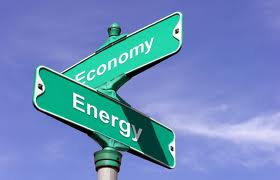Federal Energy Policy: A National Money Hole?
< < Go Back
 Federal energy policy stifles innovation, says Jared Meyer, a research associate at the Manhattan Institute.
Federal energy policy stifles innovation, says Jared Meyer, a research associate at the Manhattan Institute.
U.S. energy policy has been focused on stimulating green energy, as evidenced by the federal government’s failed 1705 Loan Guarantee Program. Lawmakers should stop trying to centrally plan the energy sector and should allow states and businesses more room to produce energy.
Crude oil and natural gas production have increased significantly over the last three years. This increase is in spite of falling production on federal lands.
– Since 2008, the United States has seen a 30 percent increase in domestic oil production, occurring overwhelmingly on private and state lands.
– The amount of federal lands that have been leased for mineral rights have fallen over that same time period by 20 percent.
In 1984, 131 million acres of federal land were leased. Today, that number sits at only 38 million acres.
The federal permitting process is also incredibly burdensome.
Government policy should make energy production easier, not more difficult. When the government stifles energy production, it has regressive effects. Americans earning in the lowest quintile spend 11.6 percent of their income on electricity and natural gas, while the U.S. average is only 3.6 percent.
More From NCPA:



